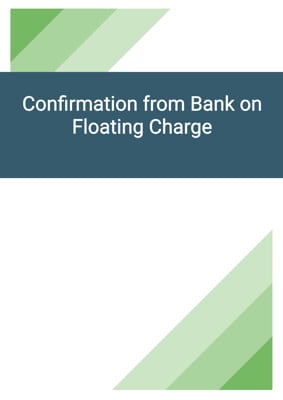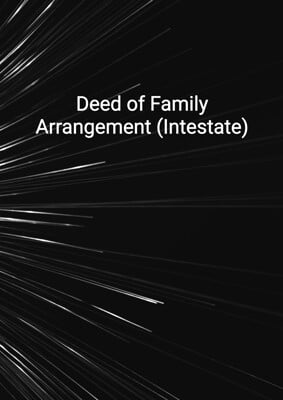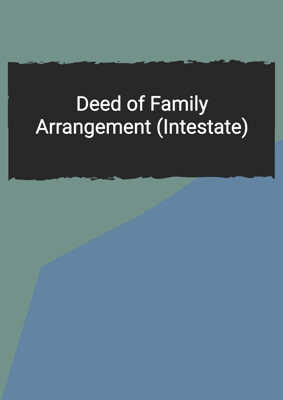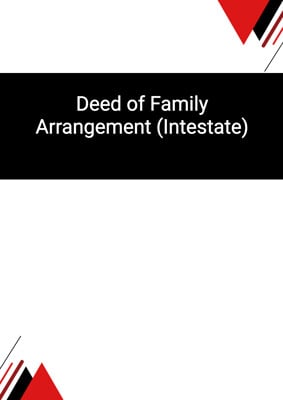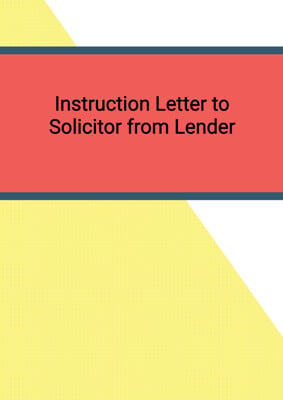How to Tailor the Document for Your Need?
01
Create Document
Fill in the details of the parties. You can click the "Fill with Member’s Information" button to complete it with information saved to your account.
02
Fill Information
Please fill in any additional information by following the step-by-step guide on the left hand side of the preview document and click the "Next" button.
03
Get Document
When you are done, click the "Get Document" button and you can download the document in Word or PDF format.
04
Review Document
The document should be signed by the authorised signatory (or directors of a company) and witnessed to complete the formality.
Document Preview
Document Description
The Security Deposit Deed is a legal document that outlines the terms and conditions for the deposit made by the depositor to the lender. The document begins with an introduction, stating the parties involved and their principal places of business. It highlights the importance of the document by mentioning the provision of banking accommodation facilities and services by the lender to the depositor. The interpretation section defines key terms used throughout the document, such as account, default notice, deposit, facility agreement, guarantee, liabilities, and security interest.
The document is divided into several sections, each addressing a specific aspect of the agreement. Section 2 discusses the repayment of the deposit, stating that it is not repayable until all liabilities have been fully ascertained and repaid. Section 3 covers the set-off and combination of accounts, allowing the lender to set off the deposit against any liabilities. It also grants the lender the discretion to regard the deposit as immediately due and payable.
Section 4 includes warranty and covenant provisions. The depositor warrants that they are the sole owner of the deposit and have the right to repayment. The negative pledge clause prohibits the depositor from creating any security interest or disposing of the deposit. If applicable, Section 5 discusses the creation, discharge, and enforcement of a security interest. It states that the deposit and associated rights and benefits serve as security for the payment and discharge of all liabilities.
Section 6 contains further provisions, including the depositor's obligation to pay expenses and indemnify the lender. It also addresses the lender's right to request further assurances and clarifies that the rights and powers granted to the lender are cumulative. The document concludes with provisions regarding notices and communications, the appointment of a process agent (if applicable), and the governing law and jurisdiction.
In summary, the Security Deposit Deed is a comprehensive legal document that outlines the terms and conditions for a deposit made by the depositor to the lender. It covers various aspects such as repayment, set-off, warranties, covenants, security interest, expenses, and indemnity. The document is intended to protect the rights and interests of both parties and ensure compliance with applicable laws and regulations.
How to use this document?
To use the Security Deposit Deed effectively, follow these steps:
1. Understand the purpose: Familiarize yourself with the importance of the document, which serves as a legal agreement between the depositor and the lender regarding the deposit.
2. Interpret key terms: Review the definitions provided in the interpretation section to understand the meaning of terms used throughout the document.
3. Repayment of deposit: Note that the deposit is not repayable until all liabilities have been fully ascertained and repaid. Seek legal advice if you have any questions regarding the repayment process.
4. Set-off and combination of accounts: Be aware that the lender has the right to set off the deposit against any liabilities. Understand the lender's discretion to regard the deposit as immediately due and payable.
5. Warranty and covenant: Ensure that you meet the requirements stated in the warranty provision, such as being the sole owner of the deposit and having the right to repayment. Comply with the negative pledge clause, which prohibits creating any security interest or disposing of the deposit.
6. Security interest (if applicable): If a security interest is created, understand the provisions related to its creation, discharge, and enforcement. Seek legal advice to fully comprehend the implications.
7. Further provisions: Take note of your obligations regarding expenses and indemnity. Be prepared to provide further assurances if requested by the lender. Understand that the rights and powers granted to the lender are cumulative.
8. Notices and communications: Ensure that all notices, communications, and demands are in writing and delivered to the correct addresses. Familiarize yourself with the deemed receipt provisions.
9. Process agent (if applicable): If required, appoint and maintain a process agent for service of process and other documents. Understand the obligations associated with this role.
10. Governing law and jurisdiction: Acknowledge that the agreement is governed by a specific jurisdiction and consent to the service of process in connection with any proceedings.
It is important to note that this guidance provides a general overview and does not substitute for professional legal advice. Consult with a qualified attorney to ensure compliance with all legal requirements and to address any specific concerns or questions you may have.
Not the right document?
Don’t worry, we have thousands of documents for you to choose from:


